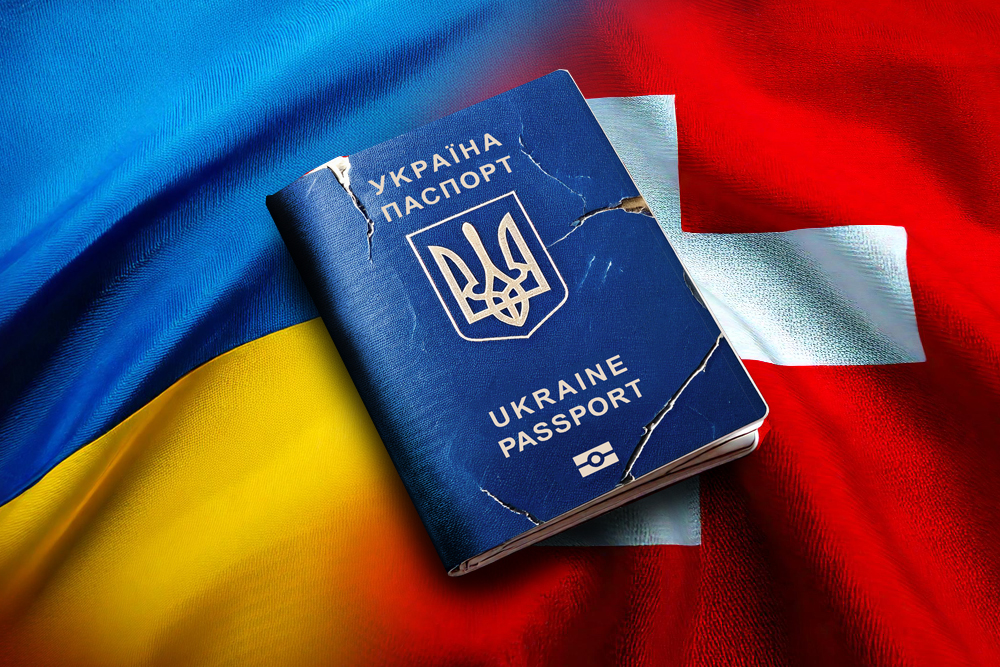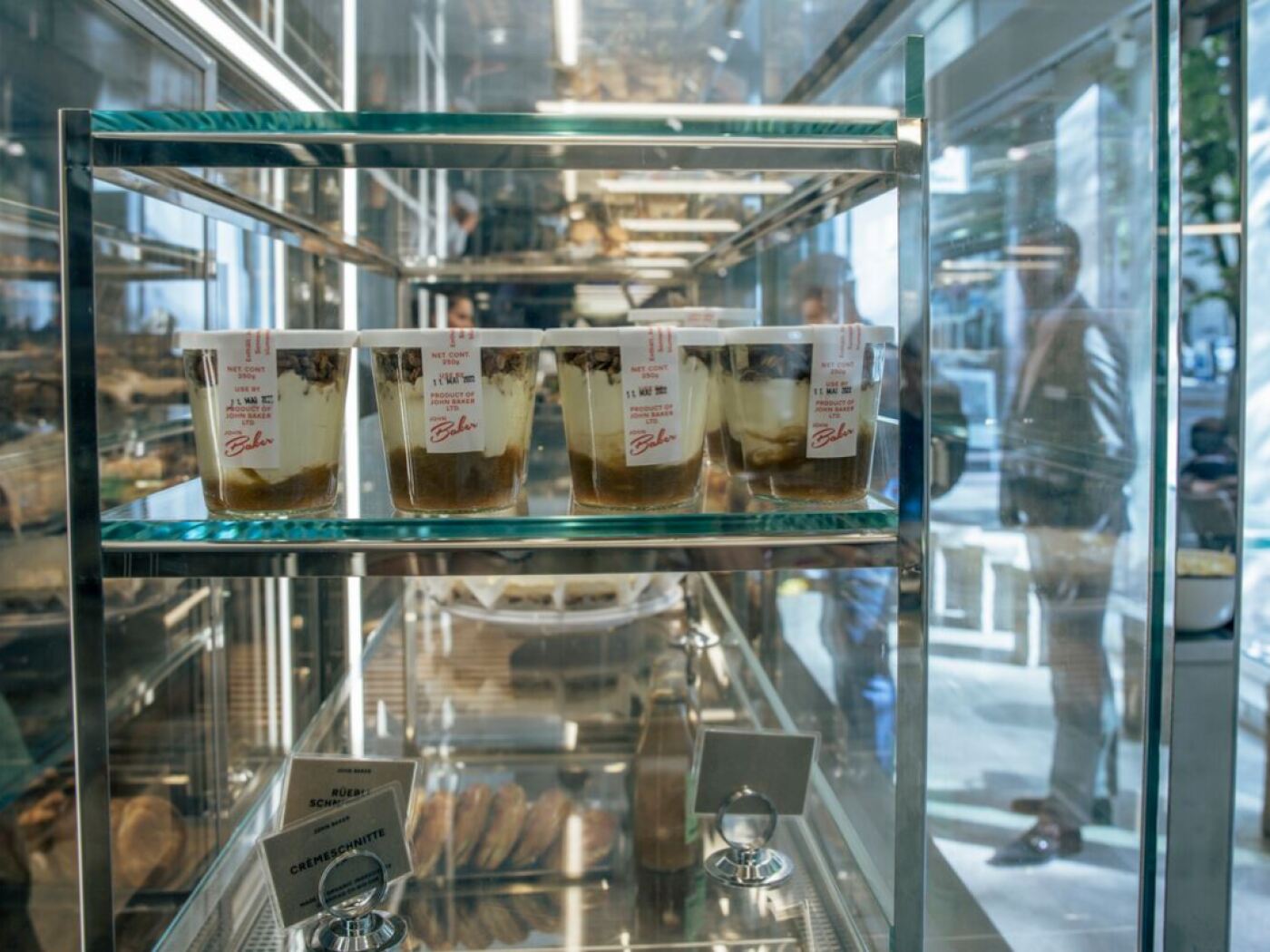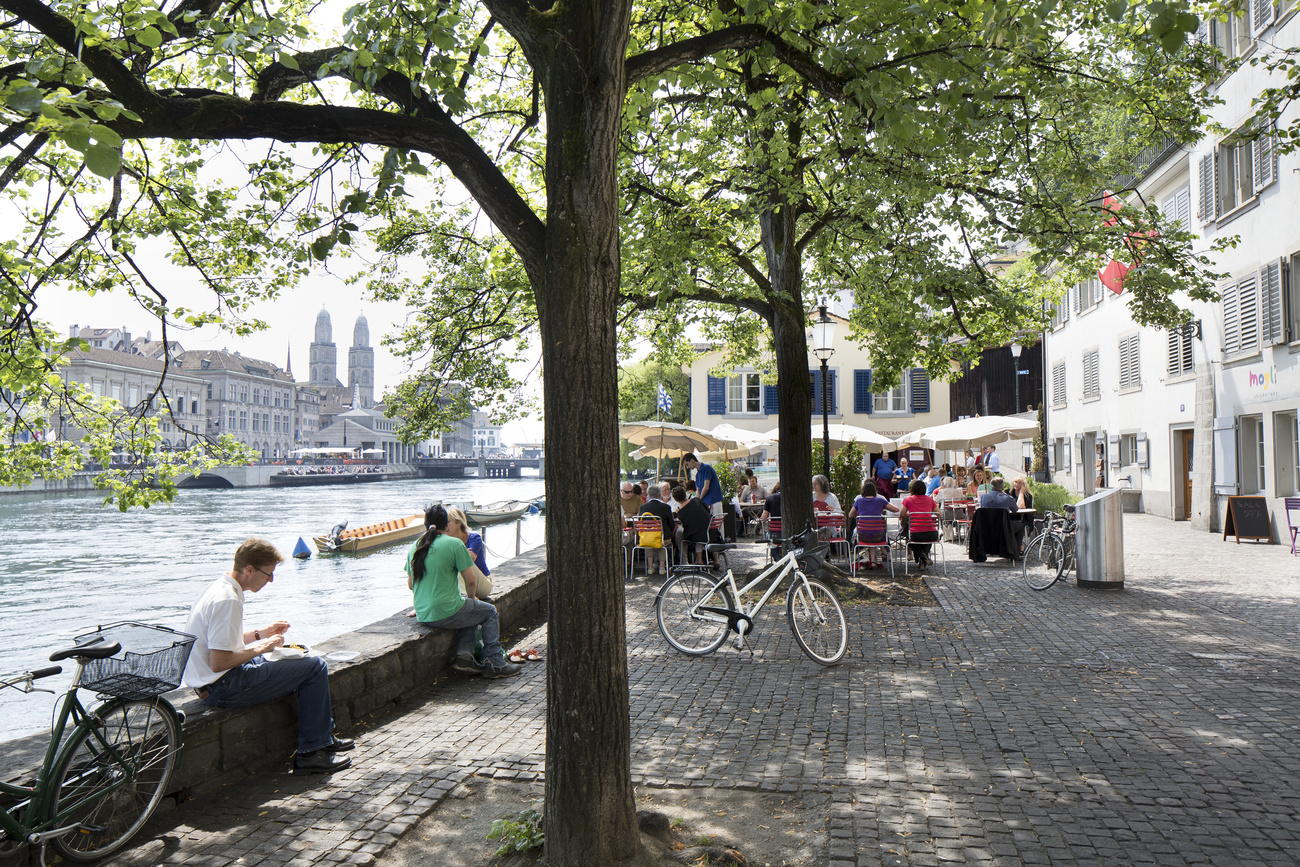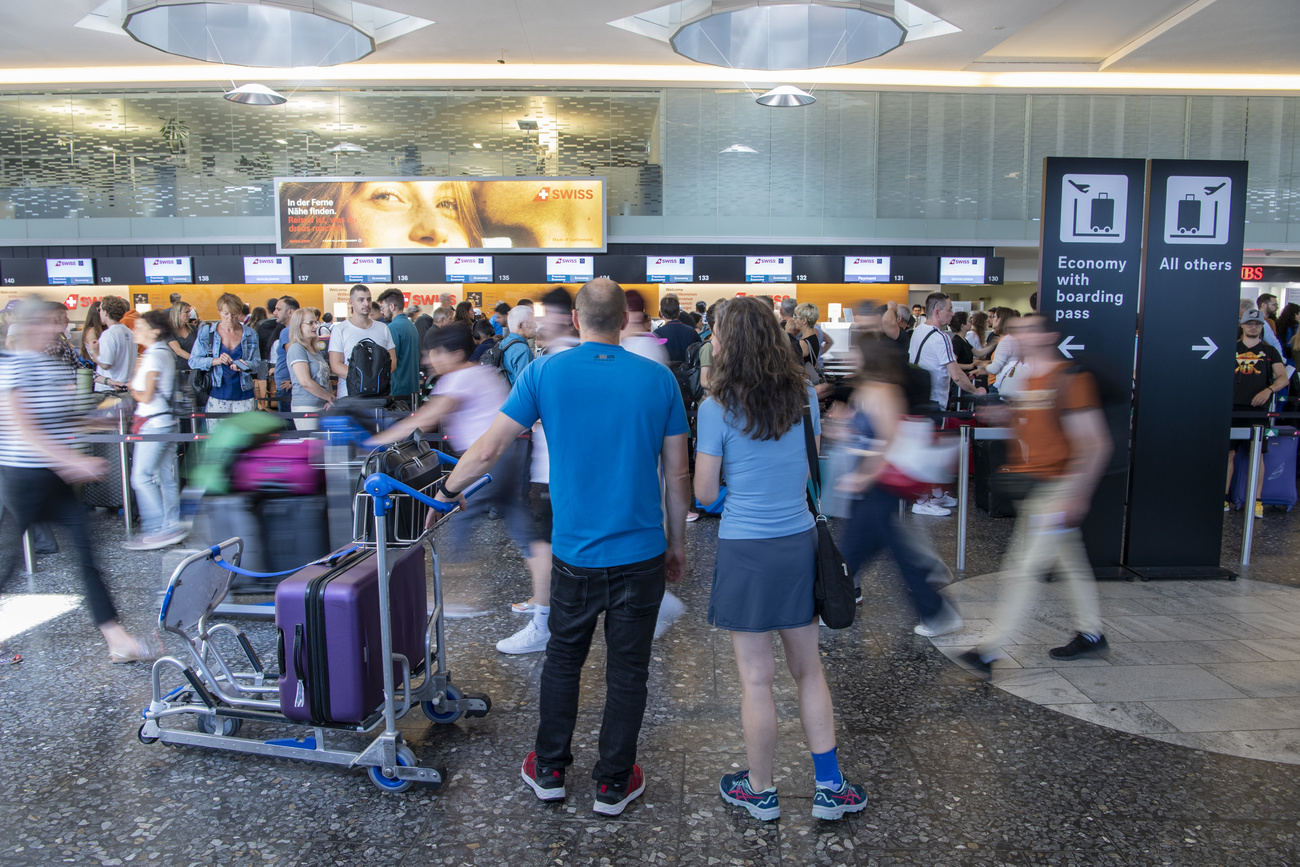New York marks a painful six months

New York has marked the six-month anniversary of the attack on the World Trade Center by unveiling two memorials to those who died.
The first consists of two vertical mile-high shafts of light that will pierce the night sky for a month on the spot where the towers once stood.
In a second ceremony, the damaged 15-foot “Sphere”, salvaged from the ruins of the WTC plaza, has been dedicated in nearby Battery Park.
September’s attack transformed the city’s skyline and the lives of New Yorkers within a matter of hours.
Half a year on from the nightmare of September 11 when up to three thousand people lost their lives in New York, the memories of that day remain shockingly vivid.
Annatina Miescher, the Swiss director of an alcoholism outpatient clinic at New York’s Bellevue hospital, says the day’s terrible events are still indelibly etched in her mind.
“I just remember walking to work that day and feeling that airplane crawl over my head,” she told swissinfo. “The clear blue sky was kind of eerie.”
“I walk north to work and I could see everybody looking south at the World Trade Center. The first tower was in flames and it looked totally surreal … and then the second one happened.”
Every New Yorker has a story to tell. Many lost family and friends, and each one is reminded of the loss by the very absence of the World Trade Center towers. There remains a feeling of physical dislocation and disorientation in downtown New York where the towers served as a navigational aid.
Moving on
New York and its people are as brash as ever, but the shared experience of coming through the horror together has given the city a softer edge in the last few months.
“It’s become very liveable again,” says Swiss expatriate, Peter Jordi. “People take care of each other.”
In the immediate aftermath of the attacks, many foreigners in New York contemplated leaving for home. Even New Yorkers questioned whether they wanted to stay.
But the city has an irresistible pull and most people are now happy they resisted the urge to leave.
“You feel as if you want to contribute,” says Dirk Wigger, who works for a computer software company. “You want to participate in building up the city and contributing whatever you can, even if it is very small.”
Hole in the skyline
We are used to seeing pictures of bombed out cities, but in New York it is the gaping hole in the skyline that is most striking as you approach Manhattan’s downtown area. The scarred area where the towers used to stand is cordoned off and people gaze skywards as if looking for confirmation that the day really happened.
Peter Jordi was working in his office three blocks away when the first hijacked jet slammed into the building.
“It became very dark,” he says. “We heard the explosions and the warnings. It was total chaos. We couldn’t get out. It was impossible. Outside there was smoke and debris falling and it was impossible to breathe. We had to stay inside for a good two hours.”
Firefighters became heroes
In the hours and days after the attack, the city’s emergency services worked around the clock to try to find survivors. New York’s firefighters, who lost many of their colleagues, have since become national heroes and there is also a new respect for the police.
But the sheer number of fatalities on the day meant the city’s hospitals had fewer injured victims to cope with than expected.
“There was a hospital-wide response because we were expecting thousands of injuries,” recalls Annatina Miescher. “Everybody was on call – all the doctors and nurses. Every patient that could hop on one leg was sent home so that beds were available. And nobody came.”
At New York’s Grand Central Station you can still see boards plastered with photos of those that couldn’t be found, along with pleas for help in finding husbands, wives, brothers, sisters and friends. Hope soon vanished but the pictures are still there as a tribute to the dead: holiday snaps, wedding photos, pictures from high school yearbooks.
Ground Zero
At Ground Zero, a steady stream of people still mounts the viewing platform. They leave saddened and somewhat dissatisfied that the scarred site fails to do justice to the images they saw when they switched on their television screens on September 11.
“I thought I’d feel more,” one woman told swissinfo. “It’s very moving but the television images were so immediate.”
The attacks have also created a greater sense of solidarity among New Yorkers, and American patriotism, never far beneath the surface, has erupted in the past six months.
“There was an epidemic of American flags, on pens, hats, bikes – on anything that can hold an American flag,” says Annatina Miescher.
“Somehow, in the face of adversity or even in the realisation of your vulnerability, it has pulled Americans together and given them a renewed strength and sense of identity.”
by Michael Hollingdale

In compliance with the JTI standards
More: SWI swissinfo.ch certified by the Journalism Trust Initiative








You can find an overview of ongoing debates with our journalists here . Please join us!
If you want to start a conversation about a topic raised in this article or want to report factual errors, email us at english@swissinfo.ch.